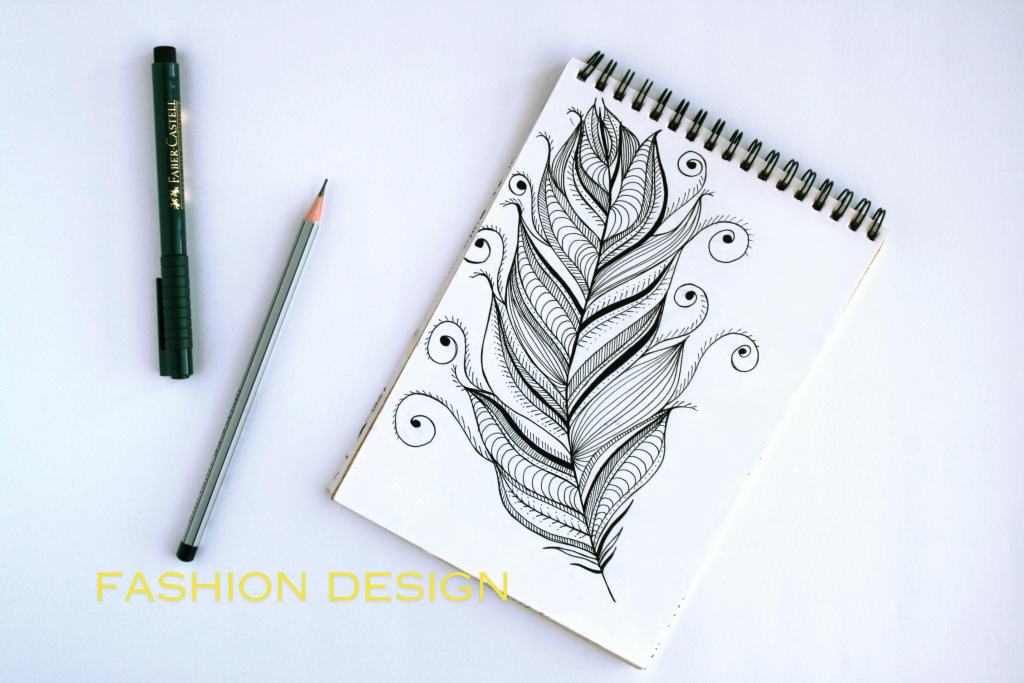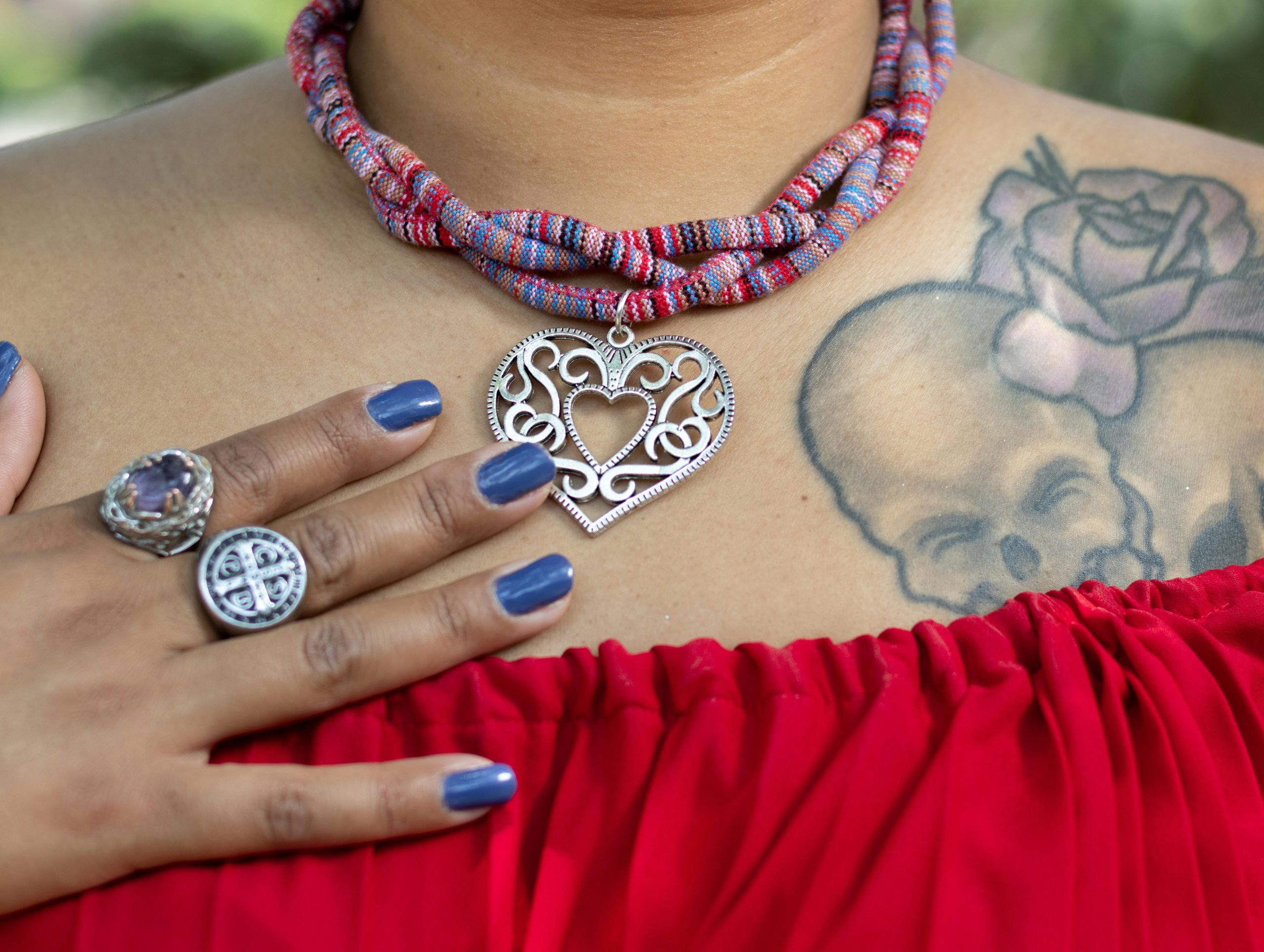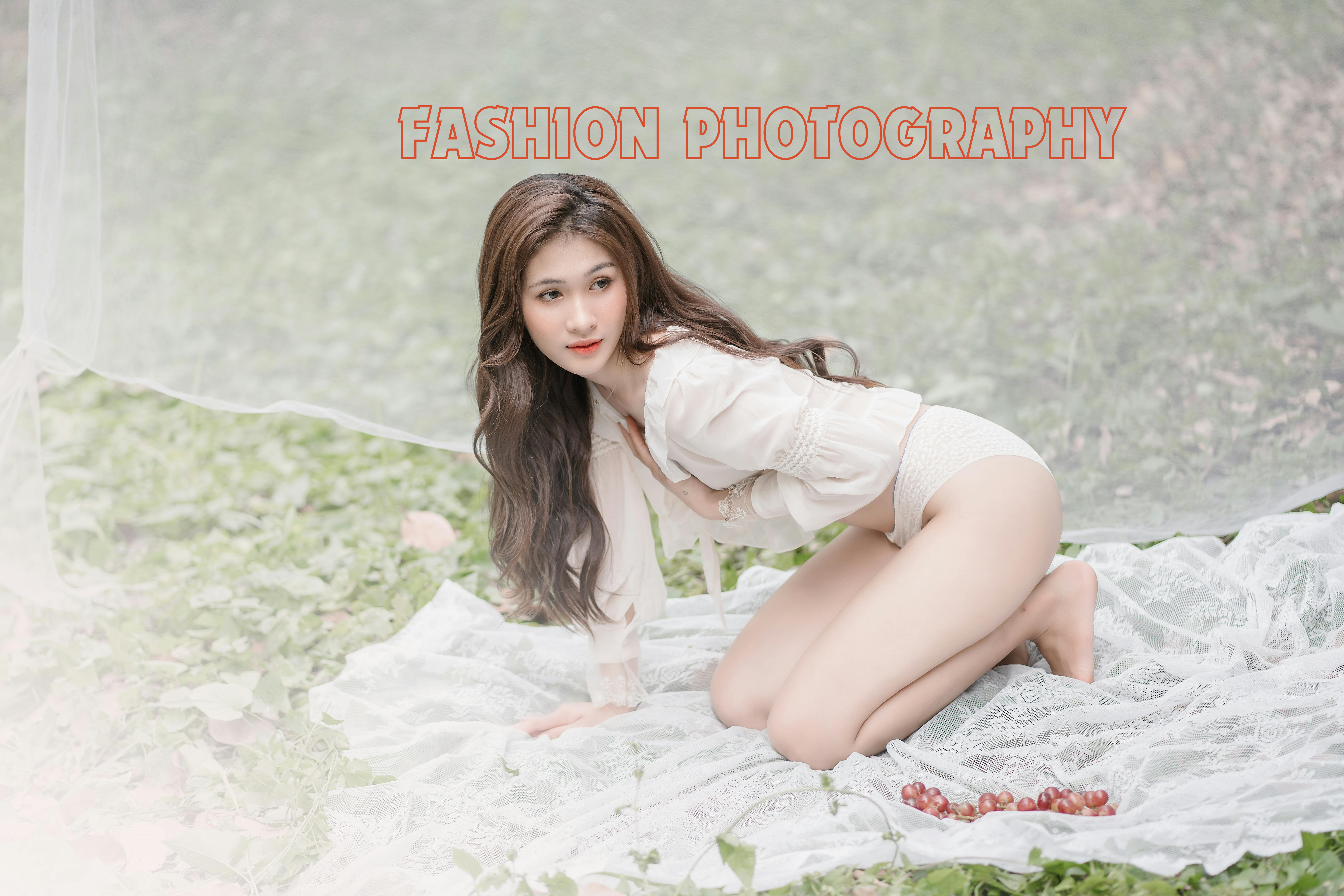Introduction: Embracing Creativity and Innovation:- Fashion Designing is an art form that blends creativity with functionality, allowing individuals to express themselves through clothing and accessories. At its core, fashion design is about innovation, pushing boundaries, and reflecting societal changes. From haute couture to streetwear, designers draw inspiration from various sources, including art, culture, nature, and technology, to create captivating collections that resonate with diverse audiences.
In this article, we’ll explore the multifaceted world of fashion designing, covering everything from the fundamentals of design principles to the latest industry trends. Whether you’re passionate about sketching designs, draping fabrics, or envisioning the next big trend, this guide will provide valuable insights to fuel your creativity and passion for fashion.
Understanding Fashion Design: Principles and Elements
Defining Fashion Design
Fashion Designs encompasses the process of creating garments and accessories, considering aesthetic, functional, and cultural factors. It involves conceptualizing ideas, translating them into tangible designs, and refining them through various stages of production. Fashion designers blend creativity with technical skills to bring their visions to life, ensuring that each piece reflects their unique style and perspective. You would also like read about 10 Fantastic Fashion Trends You Need to Know for 2024.
Elements of Fashion Design
At the heart of Fashion Design lie fundamental elements that shape the aesthetics and functionality of clothing. These elements include:
Silhouette:
The overall shape or outline of a garment, defining its form and structure.
Color Palette:
The selection of colors used in a design, conveying mood, style, and visual impact.
Texture:
The tactile quality of fabrics and materials, adding depth and visual interest to garments.
Pattern:
The arrangement of motifs or designs on fabric, creating visual harmony and interest.
Line and Detailing:
The lines and decorative elements that define the contours and embellishments of a garment.
Understanding these elements is essential for fashion designers to create cohesive and visually appealing designs that resonate with their target audience.
The Creative Process: From Inspiration to Execution
Finding Inspiration
Inspiration can strike from anywhere – art, nature, architecture, or even everyday experiences. Fashion designers often draw inspiration from diverse sources, keeping their senses open to new ideas and perspectives. Whether it’s a vibrant street scene, a historical artifact, or a captivating piece of artwork, designers find inspiration in the world around them, infusing their designs with creativity and originality.
Concept Development
Once inspired, designers begin the process of conceptualizing their ideas, sketching rough outlines, and brainstorming design elements. This stage involves exploring different themes, motifs, and concepts, refining them to create a cohesive vision for the collection. Designers may create mood boards, fabric swatches, and sketches to visualize their concepts and identify key design elements.
Material Selection and Experimentation
With a clear concept in mind, designers move on to selecting materials and fabrics that bring their vision to life. From luxurious silks to eco-friendly textiles, the choice of materials plays a crucial role in defining the look and feel of the collection. Designers often experiment with different fabrics, textures, and embellishments, pushing the boundaries of traditional craftsmanship to create innovative designs.
Technical Design and Prototyping
Once the designs are finalized, the technical aspect of fashion design comes into play. This involves creating detailed technical drawings, patterns, and prototypes to translate the designer’s vision into tangible garments. Patternmakers and sample machinists work closely with designers to ensure that each piece fits and functions seamlessly, paying attention to every detail from stitching to finishing.
Refinement and Iteration
The creative process is iterative, with designers constantly refining and tweaking their designs to achieve perfection. They seek feedback from peers, mentors, and industry professionals, incorporating suggestions and making adjustments as needed. This iterative approach allows designers to evolve their designs, pushing the boundaries of creativity and innovation.
Trends in Fashion Design: Navigating the Ever-changing Landscape
Fashion is inherently dynamic, with trends evolving rapidly in response to cultural shifts, technological advancements, and societal influences. Keeping abreast of the latest trends is essential for fashion designers to stay relevant and competitive in the industry. Here are some key trends shaping the world of Fashion Design:
Sustainability:
With growing environmental awareness, sustainable fashion has gained traction, emphasizing ethical production practices, recycled materials, and circular fashion models.
Gender Fluidity:
Fashion is becoming more inclusive, blurring traditional gender boundaries and embracing diverse expressions of identity and style.
Digital Innovation:
Technology has revolutionized the fashion industry, from virtual fashion shows to digital design tools, enabling designers to explore new realms of creativity and connectivity.
By embracing these trends and incorporating them into their designs, fashion designers can resonate with consumers who value authenticity, innovation, and social responsibility.
Fashion Design: A Global Perspective
Fashion Design is a global phenomenon, with designers from diverse cultural backgrounds influencing trends and styles on a global scale. From the haute couture houses of Paris to the streetwear scenes of Tokyo, each region brings its unique perspective and aesthetic to the world of fashion. Collaborations, cultural exchanges, and cross-cultural pollination fuel creativity and innovation, shaping the ever-evolving landscape of Fashion Designing.
Conclusion: Embark on Your Fashion Journey
Fashion Design is a captivating blend of creativity, innovation, and craftsmanship, offering endless opportunities for expression and exploration. Whether you dream of creating couture gowns, sustainable streetwear, or avant-garde designs, the world of fashion design invites you to unleash your creativity and make your mark on the industry. By mastering the principles, techniques, and trends outlined in this guide, you can embark on a fulfilling journey into the exciting and ever-evolving world of Fashion Design.
FAQs (Frequently Asked Questions)
What skills do you need to become a successful fashion designer?
To excel in fashion designs, you need a combination of creativity, technical skills, and business acumen. Strong drawing abilities, an eye for detail, and a passion for textiles are essential, along with the ability to stay updated on industry trends and consumer preferences.
How important is sustainability in fashion designing?
Sustainability is increasingly important in fashion design, as consumers demand transparency, ethical production practices, and eco-friendly materials. Designers play a crucial role in driving sustainability initiatives, from sourcing organic fabrics to reducing waste in the production process.
What role does technology play in modern fashion designs?
Technology has revolutionized every aspect of the fashion industry, from design and production to marketing and retail. Designers leverage digital tools such as CAD software, 3D printing, and virtual reality to streamline the design process, enhance creativity, and engage with consumers in innovative ways.
How do fashion designers stay inspired and creative?
Fashion designers draw inspiration from various sources, including art, culture, nature, travel, and personal experiences. They stay connected to the pulse of the industry by attending fashion shows, exhibitions, and events, while also immersing themselves in diverse cultural experiences to fuel their creativity.
What are some common challenges faced by fashion designers?
Fashion designers often face challenges such as intense competition, rapidly changing trends, and production constraints. Balancing creativity with commercial viability, staying ahead of the curve, and building a brand identity are ongoing challenges in the dynamic fashion industry.






